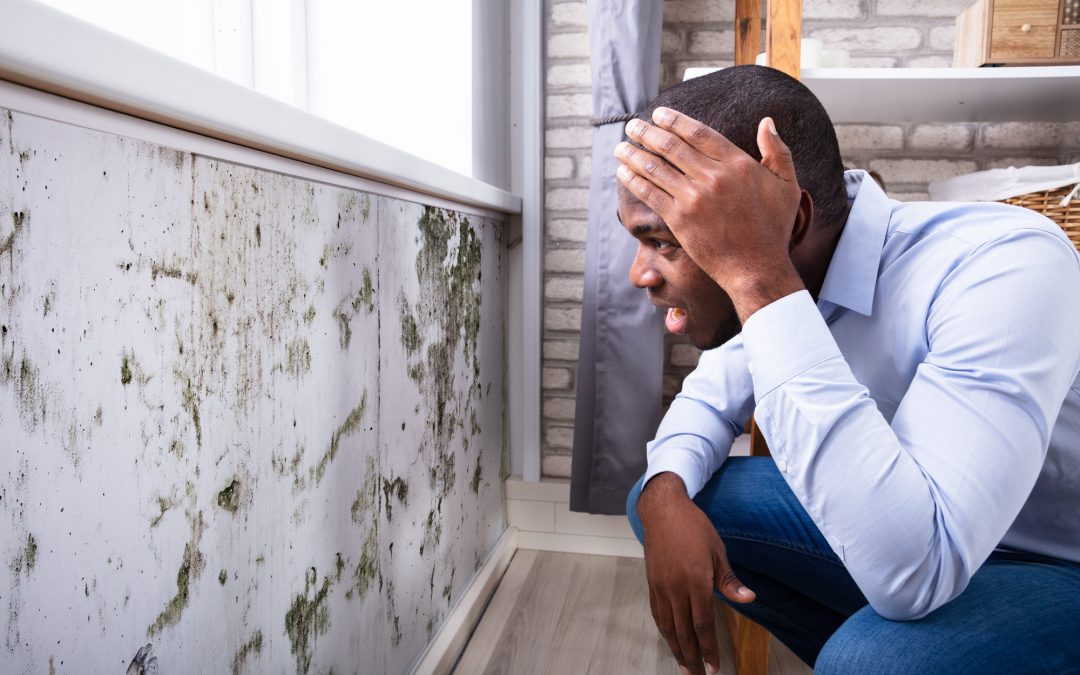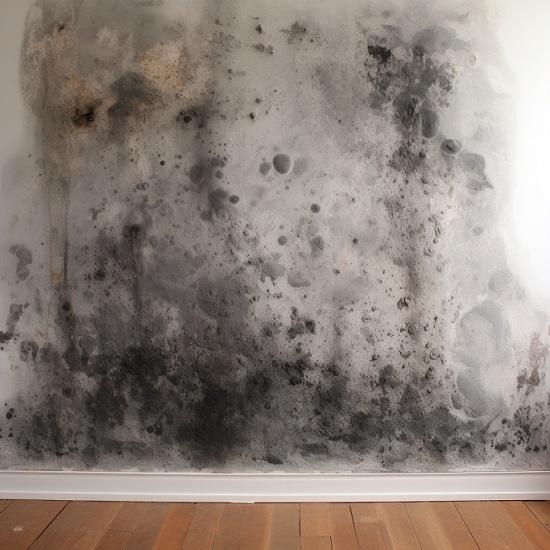Vital Steps After Mold Remediation
Wiki Article
Professional Tips for Blog Post Mold And Mildew Removal Success
In the world of mold remediation, successfully removing mold and mildew is just half the fight; the true obstacle lies in preventing its reappearance. By sticking to experienced tips and best methods, individuals can protect their areas against mold and mildew revival and preserve a healthy interior atmosphere.
Display Humidity Degrees Regularly
After completing mold and mildew removal treatments, maintaining optimum humidity levels is vital to prevent mold re-growth and ensure a healthy and balanced interior setting. High humidity levels above 60% develop a helpful atmosphere for mold to grow, making routine monitoring a positive step to protect against any type of future mold and mildew issues.Making use of hygrometers or moisture meters can aid in properly measuring moisture degrees in different areas of the property. These devices give real-time data that makes it possible for remediation experts to make educated decisions pertaining to air flow, dehumidification, and other required actions to keep optimal humidity degrees post-remediation. In addition, establishing a routine schedule for humidity checks, specifically in high-risk locations such as restrooms, basements, and cooking areas, is an aggressive approach to mold prevention. By continually keeping an eye on moisture levels, homeowner can effectively alleviate the danger of mold reoccurrence and maintain a healthy interior setting post-remediation.
Conduct Thorough Inspections Post-Remediation
Following the completion of mold removal treatments, it is vital to perform comprehensive inspections to confirm the efficiency of the remediation procedure. These post-remediation assessments are vital in making sure that the mold and mildew issue has actually been effectively resolved and that there is no recurrence or continuing to be mold and mildew growth. Examinations should be executed by certified professionals that have expertise in recognizing mold and analyzing interior air top quality.During these examinations, numerous techniques such as aesthetic assessments, air sampling, and surface area tasting might be used to thoroughly assess the remediated locations. Visual evaluations entail a comprehensive inspection of the properties to inspect for any noticeable indicators of mold and mildew growth or water damages. Air tasting assists in figuring out the air-borne mold spore degrees, while surface tasting can detect mold and mildew bits on surfaces.
Implement Appropriate Ventilation Strategies
After making sure the efficiency of the mold and mildew remediation procedure via comprehensive examinations, the next critical step is to concentrate on implementing proper ventilation techniques. Ample air flow is essential in avoiding mold and mildew reoccurrence by regulating wetness degrees and promoting air circulation. To attain this, it is suggested to use exhaust followers in locations vulnerable to high moisture, such as cooking areas and shower rooms. Additionally, opening doors and windows when weather allows can help improve airflow and decrease moisture build-up. Air dehumidifiers and purifiers are additionally important tools in keeping ideal interior air top quality.
Proper air flow not only aids in avoiding mold and mildew development however likewise adds to the general health and wellness and convenience of residents. By guaranteeing adequate ventilation throughout the residential property, you can reduce the threat of mold regrowth and develop a healthier living atmosphere.

Usage Mold-Resistant Products for Fixes
To enhance the long-lasting effectiveness of mold and mildew removal efforts, integrating mold-resistant products for repair work is essential in mitigating the risk of future mold growth. Mold-resistant products are developed to stand up to moisture and prevent After mold remediation mold and mildew development, making them an essential choice for areas vulnerable to wetness and moisture. When fixing areas impacted by mold, utilizing products such as mold-resistant drywall, mold-resistant paints, and mold-resistant caulking can assist avoid mold recurrence.Mold-resistant drywall is a superb alternative to typical drywall in locations like basements and bathrooms where moisture levels are higher. When subjected to damp problems, this kind of drywall has a special layer that withstands mold growth even. Additionally, utilizing mold-resistant paints having antimicrobial representatives can additionally hinder mold advancement on ceilings and walls.
In locations where dampness prevails, such as kitchens and shower rooms, making use of mold-resistant caulking around bathtubs, sinks, and windows can assist secure out water and stop mold and mildew from holding in splits and crevices. By buying these mold-resistant materials throughout repairs post-remediation, you can substantially minimize the probability of future mold and mildew concerns and keep a much healthier interior setting.
Maintain Tidiness and Address Water Issues
After mold and mildew remediation, it is important to preserve a clean setting to stop the regrowth of mold and mildew. Leakages, water invasion, or high humidity degrees can produce the excellent breeding ground for mold, so it is essential to take care of any kind of water-related troubles right away.To preserve cleanliness, consider making use of HEPA filters in vacuums and air purifiers to catch mold and mildew spores and stop their circulation in the air. Guaranteeing appropriate ventilation in areas susceptible to moisture accumulation, such as shower rooms and kitchen areas, can assist keep humidity degrees in check. By staying attentive regarding tidiness and attending to water problems without delay, you can efficiently protect against mold and mildew reinfestation and maintain a healthy and balanced interior atmosphere.
Final Thought

In the world of mold removal, effectively eliminating mold is only half the fight; the real difficulty lies in avoiding its reappearance. After completing mold and mildew removal procedures, maintaining optimum moisture levels is essential to prevent mold and mildew re-growth and make certain a healthy and balanced indoor setting. High moisture levels over 60% produce a conducive setting for mold to thrive, making normal keeping an eye on a positive measure to protect against any type of future mold concerns.
To enhance the lasting efficiency of mold and mildew remediation initiatives, integrating mold-resistant materials for repair services is important in mitigating the risk of future mold and mildew growth. After mold and mildew remediation, it is critical to preserve a tidy environment to stop the regrowth of mold.
Report this wiki page